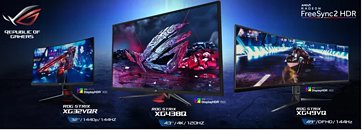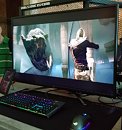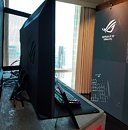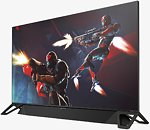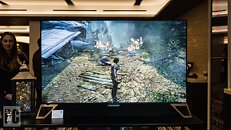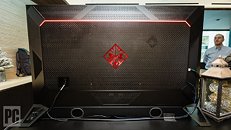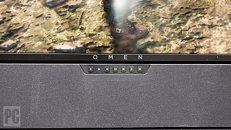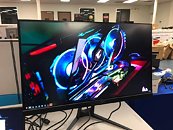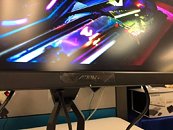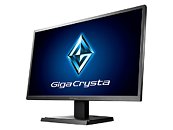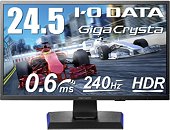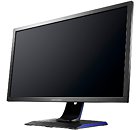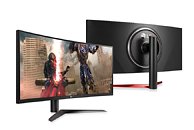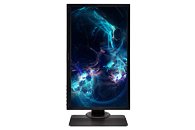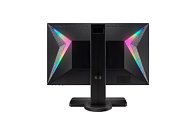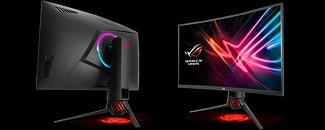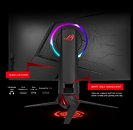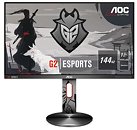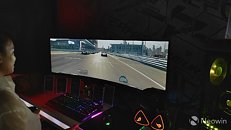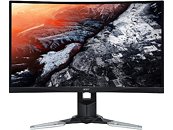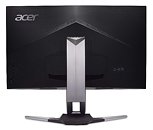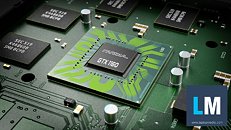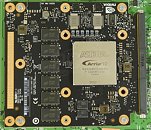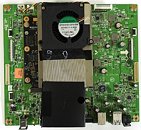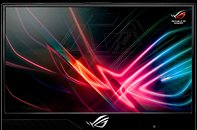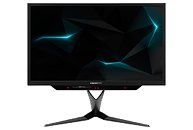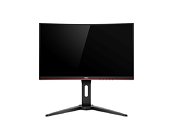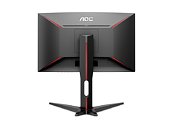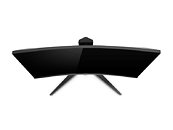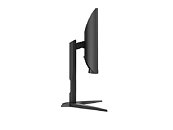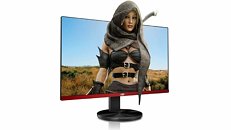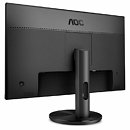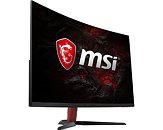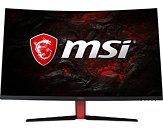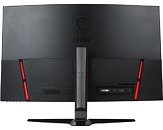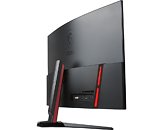You know RGB LED lighting as a"feature" has hit critical mass when it starts getting integrated into monitors. Enter ViewSonics XG240R with it's ELITE RGB accent lighting, which is part of the ELITE RGB Alliance that includes; Thermaltake, Razer, and Cooler Master. Supposedly the accent lighting on this monitor can be synced with other peripherals. However, no details have been given on how that will work just yet. Still, love it or hate it RGB LED illumination is helping sell products, and now ViewSonic is ready to join the party, as for the panel itself it is the same 144 Hz, 1080p, WLED backlight, TN offering used in the XG2402 monitor released previously. No high refresh rate monitor is complete without some form of adaptive sync, with this model, in particular, using FreeSync with a range of 48 Hz to 144 Hz and has a 1 ms response time with Overdrive enabled and a 5 ms response time without.
Viewing comfort with the XG240R and the XG2402 was a priority for ViewSonic with both monitors having height, tilt, pivot, and swivel adjustment options. Connectivity is also quite robust featuring 2x USB Type A 3.0 ports, 1x USB Type B 3.0 port, 2x HDMI 1.4 ports, 1x DisplayPort, and a 3.5 mm headphone jack. Overall the XG240R has a good set of features, excellent connectivity and a high refresh rate all at a suggested MSRP of $272.99. Meaning the inclusion of the RGB accent lighting will only cost you $10 more over the XG2402.
The full specification list follows.







